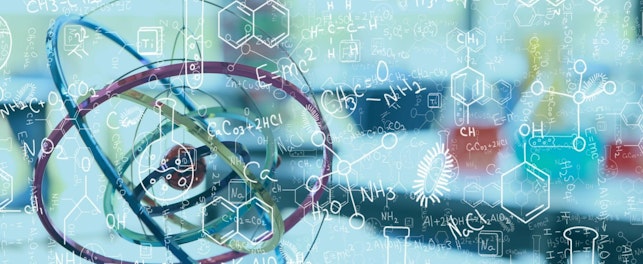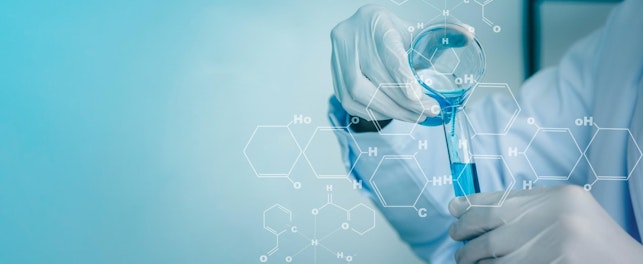The American Apparel & Footwear Association (AAFA) published the 22nd edition of the Restricted Substance List (RSL) in May 2021 to reflect the latest global regulatory changes.
The latest version covers 12 categories with more than 250 chemicals. It is updated to reflect additions or changes to regulations and laws that restrict or ban certain chemicals in finished apparel, footwear and home textile products in key global countries. Since its first publication in 2007, the RSL has been updated regularly by the AAFA’s RSL Task Force, which SGS is part of, to assist the industry with information to facilitate compliance in the global marketplace and to create a safer and sustainable supply chain. The major changes in the AAFA RSL Release 22 are outlined as below:
- Updated ISO standards on azo dyes for leather and textile
- Added certain flame retardants under Massachusetts House Bill 4900 and Maryland restrictions
- Changed test method for certain organotin compounds
- Added Dicofol to EU POP 2019/1021 under pesticides
- Changed the sum concentration of combined six phthalates in polymeric / plastic materials for South Korea
- Updated the list and information of Appendix I – Reporting
Reference
SGS Global Softlines has an extensive network of over 40 laboratories worldwide, with a strong team of committed professionals from multi-disciplinary backgrounds. Our internationally accredited state-of-the-art testing laboratories offer a comprehensive range of physical, chemical and functional testing services for components, materials and finished products. We help your company ensure quality, performance and compliance with international, industrial and regulatory standards worldwide. Discover more at www.sgs.com/softlines.
For enquiries, please contact:
Louann Spirito
Consumer and Retail — Softlines
US & Canada Softlines Business Head
t: +1 973 461 7919
© SGS Group Management SA - 2021 - All rights reserved - SGS is a registered trademark of SGS Group Management SA. This is a publication of SGS, except for 3rd parties’ contents submitted or licensed for use by SGS. SGS neither endorses nor disapproves said 3rd parties contents. This publication is intended to provide technical information and shall not be considered an exhaustive treatment of any subject treated. It is strictly educational and does not replace any legal requirements or applicable regulations. It is not intended to constitute consulting or professional advice. The information contained herein is provided “as is” and SGS does not warrant that it will be error-free or will meet any particular criteria of performance or quality. Do not quote or refer any information herein without SGS’s prior written consent.



